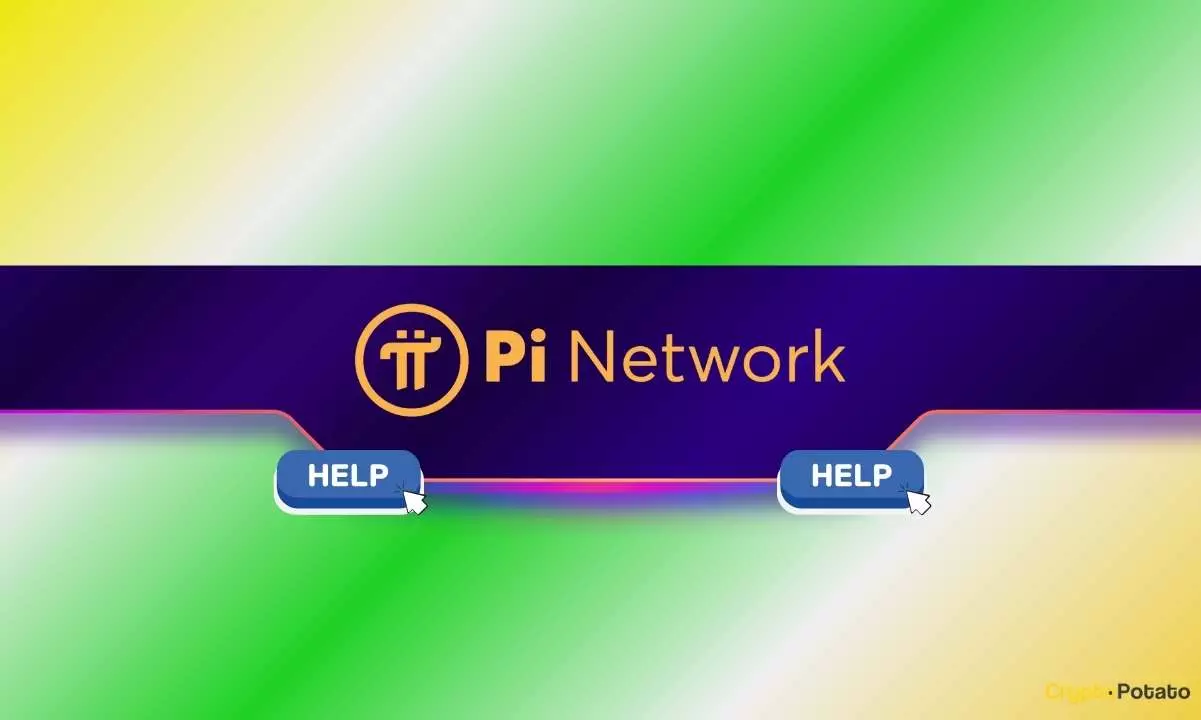Pi Network has emerged as a focal point in the cryptocurrency marketing conversation, igniting both hope and skepticism alike within its vast community of users. Launched nearly six years ago, this innovative project has managed to accumulate over 100 million downloads, with a notably strong user base in regions such as South Korea, India, and Vietnam. However, the continuous delays in launching its native token and open mainnet have left many investors, dubbed “Pioneers,” in a limbo of uncertainty. Understanding the dynamics and recent updates regarding Pi Network requires a deep dive into both its operational strategies and community reactions.
Central to the project’s proposition is the Know-Your-Customer (KYC) verification process, which has become a significant hurdle for many users. The team behind Pi Network established the requirement that 15 million users must complete their KYC verification before the mainnet could transition from beta to a fully operational phase. However, the designated timelines have suffered repeated adjustments. Initially, the Grace Period—set to conclude on January 31—was postponed to February 28. This lack of adherence to deadlines has sparked feelings of frustration among participants, leading some to question the credibility and future viability of the project.
The reasons cited for these continual extensions seem rooted in the various complications that users face while attempting to comply with the KYC requirements. Many users have been left stranded, grappling with name mismatches and minor inaccuracies that prevent their successful verification. In response, Pi Network has provided strategic guidance, specifically offering users the option to engage with a dedicated Telegram chat for assistance. Nevertheless, the question remains: will these measures genuinely resolve the systemic inefficiencies within their verification process?
Recent Updates: Addressing Name Mismatches and Typos
Acknowledging the challenges presented by the KYC process, Pi Network has recently rolled out updates to facilitate user compliance. The announcement introduced mechanisms allowing users to correct name mismatches and rectify minor errors in phone numbers—an initiative aimed at increasing successful KYC submissions. However, conditions apply; users with name discrepancies can submit an appeal to realign their KYC name with their account. Though this avenue holds promise, it also demands a penalty in the form of forfeiting part of the user’s Mobile Balance, blurring the lines between advantageous and punitive measures.
Furthermore, minor phone number corrections have been permitted, allowing users to amend just two digits of their registered phone number. This cautious step aims to deter potential hijacking of accounts and safeguard against manipulative behaviors, such as account transfers. While it demonstrates a proactive stance by development teams, one cannot help but ponder whether these solutions might genuinely entice users into reassessing their commitment to the project amidst a backdrop of skepticism.
In spite of these internal challenges, Pi Network continues witnessing an impressive uptick in user engagement and community formation. Notably, South Korea has reportedly surpassed 1.3 million users, outperforming conventional cryptocurrency exchanges such as Binance and Coinbase in terms of local user base. Events like the recent Megha Event in India, where enthusiastic supporters convened to discuss the project’s prospects, showcase a palpable dedication to the future of Pi Network.
However, the paradox remains: can a community continue to grow and galvanize support while simultaneously grappling with systemic verification and operational issues? The romantic notion of a decentralized network propelled by a strong user base appears somewhat tarnished against the backdrop of these unresolved technicalities and regulatory challenges.
Overall, the trajectory of Pi Network represents both a tantalizing opportunity and a deep well of questions. The excitement surrounding the app’s functionality and user count starkly contrasts with ongoing hurdles tied to KYC verification and mainnet readiness. While its popularity burgeons, the project’s framework must evolve effectively to encompass user needs comprehensively.
Consequently, the authenticity of its long-term success is contingent not just on achieving technical milestones, but also on maintaining an engaged, informed, and satisfied community of Pioneers. As we continue to navigate the intricacies of this project, only time will reveal whether Pi Network can turn the tide from controversy to credibility within the competitive cryptocurrency landscape.

